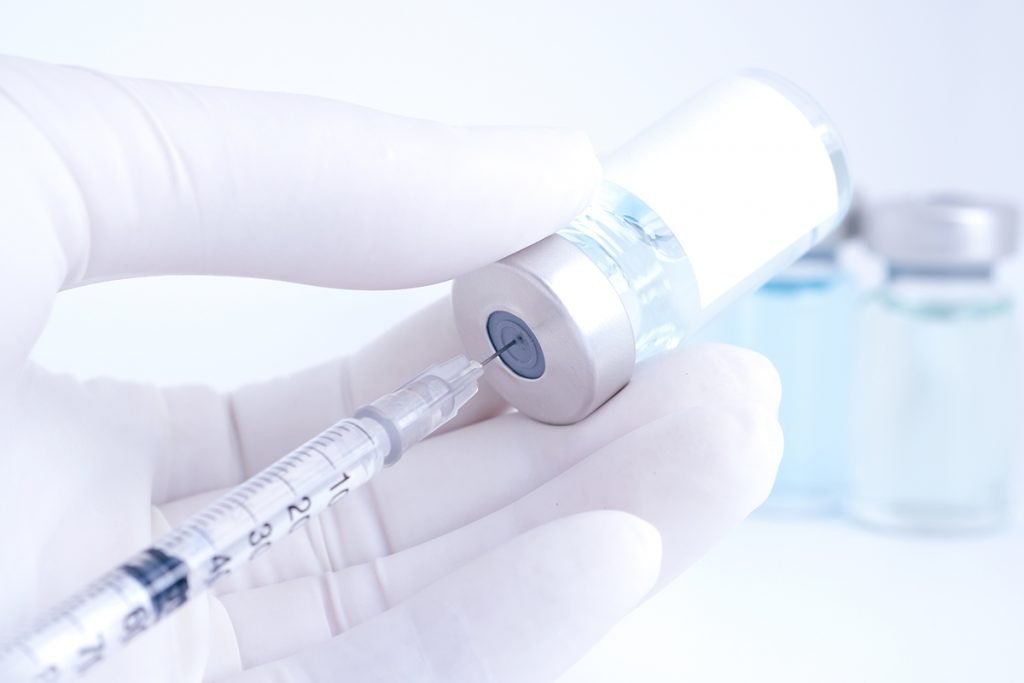Are facial injectable fillers safe?

Yes.
As with all medical procedures, there are risks; however, armed with information and questions for their provider, patients may confidently pursue their aesthetic goals with these invaluable tools of beauty, balance, and rejuvenation.
Prevention of adverse events is paramount to safety. As we consider the, albeit exceptionally rare complications of these treatments, avoidance of such outcomes must be discussed.
As all synthetic fillers are, well, synthetic, they have no inherent biologic ability to fight infection and they, themselves, may play host to an infection. Colonization of fillers by bacteria or fungi will cause chronic low-level infection/inflammation, as in a biofilm, and/or acute infection.
It is important to arrive to your appointment makeup free and prepared for your skin to be prepped with an antiseptic to avoid infection. It is also critical that you have no active infection at the time of injection and discuss with your medical provider all medical issues and medications as they may impact your treatment.
In some countries, physicians prescribe antibiotic prophylaxis for injectable fillers; I believe that this may cause more harm than good, as antibiotics have adverse reactions and effects of their own that are more common than filler infections. However, one notable study demonstrated that a single oral dose of azithromycin to patients receiving permanent hydrogel tissue fillers significantly reduced the incidence of inflammation/infection. As treatments such as Radiesse and Belafill are not reversible, and the latter is considered permanent by many experts, it is reasonable to consider such single dose prophylaxis.
However, by large consensus, diagnosed filler infections should be aggressively treated with antimicrobials. For early infections, anti-Staphylococcal, anti-Fungal, and anti-Virals are key considerations. A local anti-biogram, such as one published by a university hospital, should be consulted for initial general treatment. Cultures may not easily be obtained from the site, but are invaluable if they can be acquired. Infections may arise later from common skin bacteria, however, mycobacterium and mycoplasma should be considered in treatment planning for infections that arise after 3 weeks post treatment as they tend to be slower to develop and are often resistant to the antibacterial choices for the more common early skin infections.
It may be challenging to distinguish infection from inflammation in filler injection. One may treat for either first, based on clinical impression or both simultaneously.
Early reactions are more commonly seen with Belafill, formerly Artefill, and the Vycross hyaluronic acids, such as Voluma, Volure, Volbella. It is important to note that Belafill contains bovine (cow-derived) collagen, which should be skin tested prior to treatment.
Late reactions may present as granulomas, or collections of inflammatory cells.
In general, inflammation is treated with local steroid injection, triamcinolone (Kenalog), with 5-fluourouracil (5-FU). Topical steroid may be prescribed as well. Macrolide antibiotics are useful anti-inflammatories. Among them, clarithromycin concentrates well in the skin and is useful for later onset infections, as described earlier.
Collections of fluid adjacent to the filler may occur and may respond well to simple drainage while more organized collections, particularly those that have formed a true cyst lining may be best treated with excision to prevent recurrence.
Skin loss from necrosis is incredibly rare: 0.03% to 0.3% of treatments; blindness is even more exceptionally rare. In the period from 1906 through 2015, only 98 cases of blindness have been reported.
Despite the rarity of these outcomes, they must be avoided, as possible, and treated adeptly.
Though consensus is unclear on how to universally avoid skin loss and blindness, important precautions include:
- Thorough understanding of 3-dimensional anatomy and common anatomic variations
- Aspiration with the syringe to establish that the needle or canula is not in a large blood vessel — This concept is highly controversial as it does not avoid risk if the injector follows the recommendation of injecting while withdrawing the syringe
- Low pressure and low volume injection per site
- Cannulas have been suggested to decrease risk; however, they may, in select situations, increase risk
- Orienting the needle or canula perpendicular to the direction of major blood vessels
- Prompt and adept treatment of adverse reactions
In surgical facilities, a crash cart is maintained containing emergency medications and devices that always remains fully stocked for such extraordinarily rare occurrences. In offices using fillers, provision for the emergent treatment of skin and visual loss is absolutely necessary but not uniformly available.
A minimum of 200–300 U of hyaluronidase should be injected promptly to the area of impending necrosis should be injected and repeated daily (minimum of 2 days) until signs of permanent necrosis or reestablished blood flow appear. Topical nitroglycerin may be helpful as well. For nonintravascular occlusion, appropriate hyaluronidase dosing is: <2.5 mm area: 10–20 U, single injection point; repeat injection if required.
After filler treatment, many suggest avoidance strenuous exercise for 24 hours to reduce the risk of complications. Similarly, many suggest the avoidance of makeup for the same period.
Though the above discussion may seem alarming, it is a testament to the care the medical cosmetic community has taken to avoid and mitigate the extraordinarily rare risks of these highly rewarding and cost-effective treatments.
Patients should ask their providers to speak candidly on complications and their management while forgoing providers who are either reluctant or overly dismissive in response. Prevention of complications cannot be overemphasized but not to the neglect of preparation of their management. Statistically, the most prolific injectors will have the highest number of adverse reactions secondary to their practice volume – therefore, their safe practice must be judged by their quality of management and not by the complication.
Proceed with equal parts enthusiasm and care; you will find these treatments well worth it without need for anxiety.